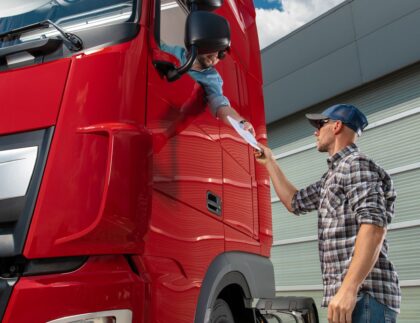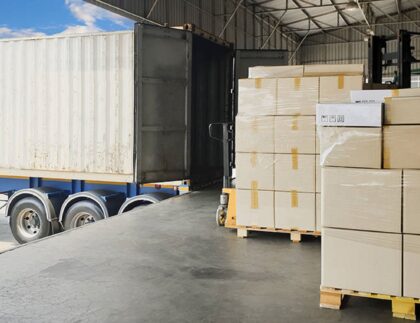
As the transportation landscape shifts toward more advanced technology and stricter safety standards, CDL training is undergoing a remarkable transformation. In 2025, aspiring commercial drivers will experience more engaging, flexible, and responsive educational models. Here’s a deeper dive into the major trends emerging in CDL school training programs—and why they’re critical for anyone building a future in trucking.
Cutting-Edge Technologies in CDL Education
Next-generation training tools are redefining how students learn:
- High-fidelity simulators and VR modules – Engage in lifelike scenarios such as challenging highway maneuvers, inclement weather, and emergency situations.
- AI-powered performance tracking – Receive instant feedback on braking, acceleration, and gear shifts to accelerate learning.
- Augmented reality maintenance guides – Walk through virtual repair and inspection workflows, enhancing mechanical knowledge before real-world application.
By embracing these innovations, CDL training trends in 2025 offer safer, smarter avenues to prepare students for complex on-road situations.
Emphasis on Safety and Sustainability
Programs in 2025 are built around safety-first and sustainability-minded driver training:
- Eco-driving techniques – Teach methods that reduce emissions and improve fuel efficiency, boosting both environmental impact and operating costs.
- Advanced safety system instruction – Hands-on learning for adaptive cruise control, lane-departure warnings, and collision avoidance systems.
- Ethics and compliance modules – Reinforce safe, legal, and ethical driving practices, ensuring CDL holders remain trustworthy professionals.
These components demonstrate that the future of CDL education is about producing responsible, forward-thinking drivers.
Flexible Hybrid and Remote Learning
Modern CDL school training programs provide convenience without cutting corners:
- Online theory courses – Digital lessons cover regulations, logbook management, and trip planning.
- On-site practical sessions – Hands-on training ensures mastery of vehicle handling and safety protocols.
- Self-paced modules – Ideal for those balancing work or family obligations, allowing training on a flexible schedule.
This blended approach makes CDL training more accessible and effective for a wider range of learners.
Analytics-Driven, Personalized Instruction
Data is playing a bigger role in driver development:
- Dashboard-style performance metrics – Monitor key indicators like shifting smoothness, turn accuracy, and stopping distance.
- Targeted coaching sessions – Instructors focus on areas where students need improvement, optimizing training time.
- Custom learning plans – Adaptive lesson paths based on individual performance to ensure comprehensive skill mastery.
With CDL training trends in 2025 focusing on personalization, each student benefits from a customized path to success.
The Impact on Aspiring Drivers
These innovations are reshaping how drivers prepare for the future:
- Enhanced safety and readiness – Graduates are better equipped to pass CDL exams and handle real-world challenges.
- Increased employability – Employers value skillsets honed through advanced tech and real-world practice.
- Greater career flexibility – Students trained in modern systems can confidently adapt to evolving industry standards.
The future of CDL education is focused on empowerment—arming drivers with the tools and training that matter most.
Conclusion
The CDL training trends in 2025 roadmap highlights how simulation, data, sustainability, and flexibility are changing the learning landscape. These improvements enable Smith & Solomon—alongside other leading CDL school training programs—to deliver smarter, more effective education that prepares students for tomorrow’s roads.









